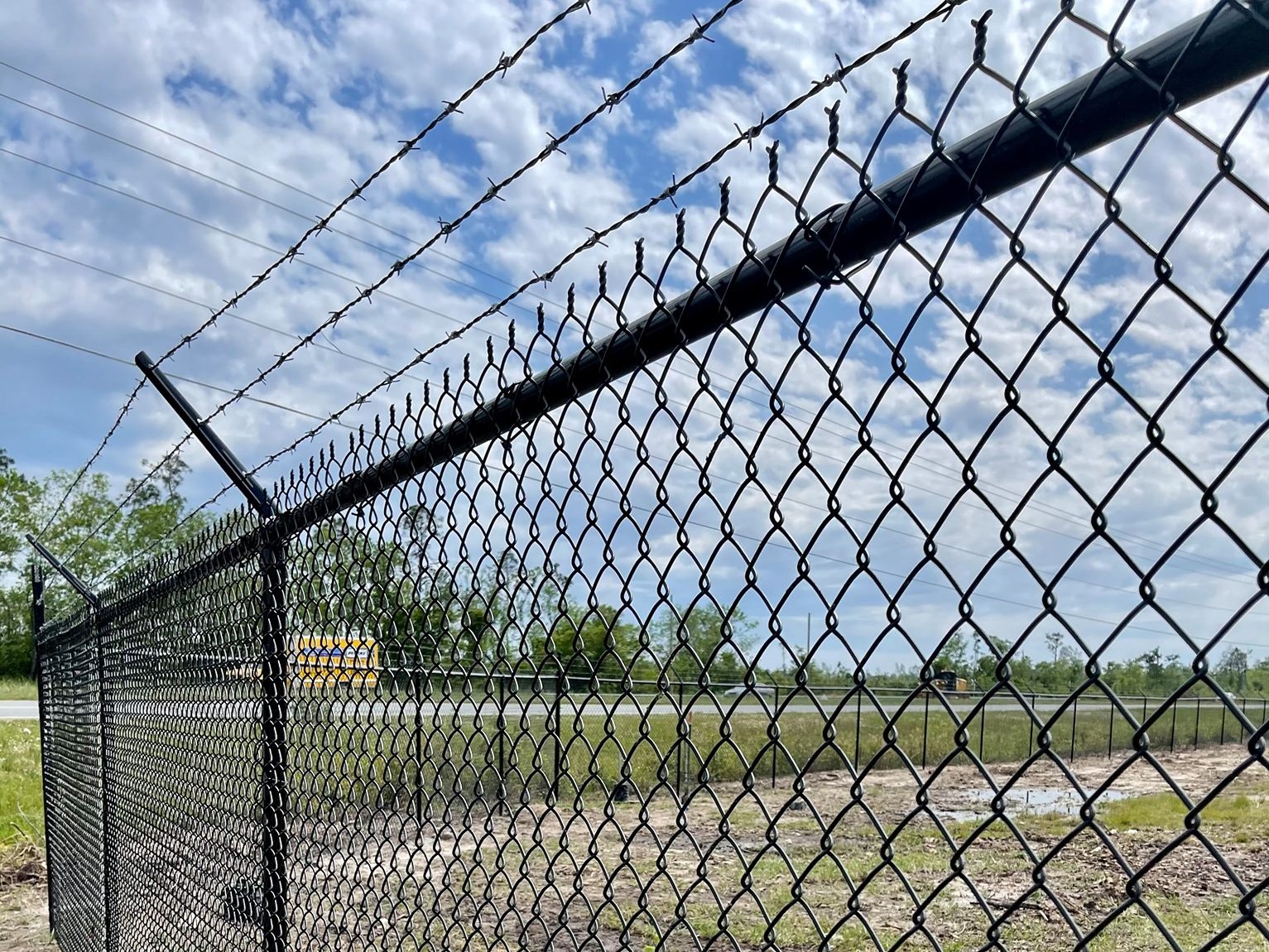from the nature-is-healing dept
The Zaporizhzhia nuclear power plant in southern Ukraine is the largest in Europe, and one of the ten largest in the world. It’s of particular concern at the moment because it sits close to the front line between the Ukrainian and Russian armies, and has been subject to bombardment and loss of backup power. The fear is that damage arising from battles around it could result in the release of radioactive material, or even lead to a more serious accident.
The present fears about Zaporizhzhia have rather obscured the fact that in the north of Ukraine lies Chernobyl, the site of the world’s worst nuclear disaster in 1986. With the Chernobyl New Safe Confinement that was put in place in 2016, the situation there seems to be stable, although the Russian invasion of Ukraine means the nuclear power plant is still potentially at risk. Surrounding the Chernobyl plant is an officially designated Exclusion Zone covering around 2,600 square kilometers (about 1,000 square miles). The Wikipedia entry explains:
Today, the Exclusion Zone is one of the most radioactively contaminated areas in the world and draws significant scientific interest for the high levels of radiation exposure in the environment, as well as increasing interest from tourists. The zone has become a thriving sanctuary with natural flora and fauna with some of the highest biodiversity and thickest forests in all of Ukraine. This is due to the lack of human activity in the Exclusion Zone and despite the radiation.
In effect, the Exclusion Zone has become a massive scientific experiment regarding the effects of radiation on living things. These can take unexpected forms, as a recent open access article in Evolutionary Applications reveals. The authors of the paper have written a shorter, more approachable post about their work for the Phys.org site. It explains that in 2016 they noticed Eastern tree frogs that were close to the Chernobyl reactor had an unusual black tint to their skin: normally, they have a bright green color. Investigating tree frogs inside and outside the Chernobyl Exclusion Zone, they found:
Chernobyl tree frogs have a much darker coloration than frogs captured in control areas outside the zone. As we found out in 2016, some are pitch-black. This coloration is not related to the levels of radiation that frogs experience today and that we can measure in all individuals. The dark coloration is typical of frogs from within or near the most contaminated areas at the time of the accident.
The authors explain:
Melanin is responsible for the dark color of many organisms. What is less known is that this class of pigments can also reduce the negative effects of ultraviolet radiation. And its protective role can extend to ionizing radiation too, as it has been shown with fungi. Melanin absorbs and dissipates part of the radiation energy. In addition, it can scavenge and neutralize ionized molecules inside the cell, such as reactive oxygen species. These actions make it less likely that individuals exposed to radiation will go on to suffer cell damage and increase their survival chances.
In the years since the Chernobyl accident, there have been ten generations of frogs, and the scientists suggest that natural selection in the area explains why dark frogs are now the dominant type for the species, replacing the previous green-skinned variety.
The Chernobyl disaster remains a frightening reminder of how nuclear technology can malfunction catastrophically as the result of human errors. The black frogs study shows that even in these extreme circumstances it is possible to glean interesting scientific information from the abnormal environment that has been created there. Let’s hope that the Zaporizhzhia nuclear power plant does not become another such opportunity for science.
Follow me @glynmoody on Twitter, or Mastodon.
Filed Under: chernobyl, frogs, genetics, natural selection, nuclear energy, radiation, russia, science, tree frogs, Zaporizhzhia




More Stories
SEO Service: From Keywords to Conversions
How SEO Service Boosts Website Traffic and Visibility
Essential Elements of a Winning SEO Service